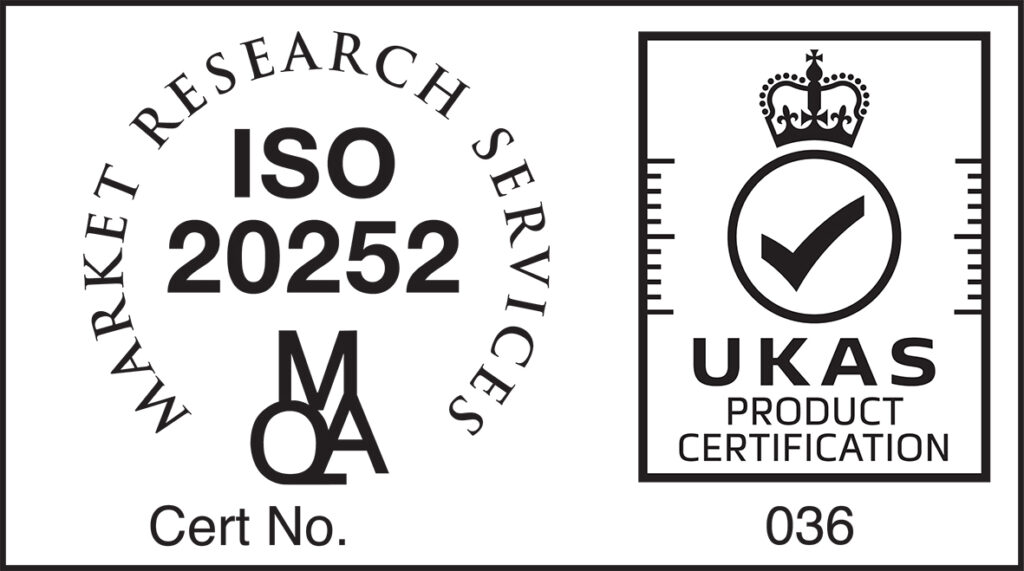Yonder Data Solutions is a trading name of Yonder Consulting Limited which is registered in England No. 4153928. Registered Office: Northburgh House, 10 Northburgh Street, London EC1V 0AT
Our advanced analytics and data science team, led by Anh Tu Tran, provides expert advice and consultation on advanced analytical methodologies and allows us to offer a seamless and integrated solution with our data collection services.
We ensure that the statistical outputs we provide are in plain English and are commercially focussed, making them easy to communicate with stakeholders and integrate into meaningful insights.
Looking to gain valuable business insights and make data-driven decisions which give you a competitive edge? Speak to an advanced analytics consultant today to see how we can help your business discover new opportunities with our data collection services.
Please click on the below to view background information on the advanced analytics and data science solutions we offer, and to understand the business questions they answer.
Driver modelling is a method of forecasting which uses a varied range of techniques, from correlation to regression models or prediction trees (CHAID) in order to investigate the relationship between brand attributes and performance.
This analysis is a powerful tool which helps brands describe, diagnose or predict their most important KPIs so that they can meet their goals and is packaged in a simple easy-to-understand deliverable. Essentially, driver-based planning and modelling enables you to break down the causes behind the effects more plainly, so you can effectively communicate this with your stakeholders.
Segmentation analysis uses a varied range of techniques, from factor analysis to various forms of cluster analysis in order to divide the market of potential customers into groups, or segments. The segments created are composed of customers that respond similarly to marketing strategies and share similar traits such as attitudes, interests or location.
This analysis is a great tool for understanding your customers and knowing how to best target them.
Conjoint analysis is a survey-based statistical technique used to determine how customers value different attributes that make up an individual product or service. The objective of conjoint analysis is to determine what combination of a limited number of attributes is most influential on a customer’s likelihood to purchase the product. You’ll be able to use this information when considering future product features, pricing, forecasting market shares and for predicting the potential value of a new product or service.
Conjoint analysis is a great tool for testing current products against competitors, or against products you may be looking at developing in future.
MaxDiff, short for Maximum Difference Scaling, is an analysis based on choice, where customers engage in a trade-off exercise regarding different pairs of product attributes or features. This analysis allows us to determine how customers evaluate all possible pairs of attributes within the displayed set and choose the one that reflects the maximum preference or importance to them.
The outcome of this analysis allows for an absolute ranking of importance, preference, relevance, etc. of attributes.
TURF analysis, short for Total Unduplicated Reach and Frequency, is a type of analysis used in order to find the best mixture of features or messages that will reach the widest possible audience or customers.
TURF is a simple tool but can be very powerful and should be used to complement other measures of gauging appeal and market potential in order to understand how attributes work together.
Media Effectiveness modelling is not a single technique, rather it refers to a range of approaches developed by Yonder which aim to measure the impact of advertising and marketing activity.
These approaches use aggregate information about media spend along with aggregate reads of KPIs to detect trends and be able to determine the impact of multiple channels on those KPIs. Other information can also be incorporated such as economic data and product level data such as pricing. Media mix modelling is a great tool for marketers to measure the impact of their advertising and marketing efforts so that businesses can discover which elements are effective in helping them to reach their goals.
Perceptual mapping (also known as correspondence mapping) is a data reduction technique, allowing simple interpretation of the market trends by using visual two-dimensional quadrant mapping.
This analysis aims to identify and describe links or ‘correspondence’ between different statements, products, services and brands, which can then be mapped.
Pricing models comprise different techniques suitable for new or existing products or services. For new products, pricing scenarios can be pre-defined by the client or acquired using a Conjoint design. However, simpler techniques such as Gabor Granger and Van Westendorp are also used to understand fundamental responses to different prices of products and services.
We align this to likelihood of purchase of customers and compare with product demand and revenue estimates in order to determine the optimum price of product delivery, whilst ensuring maximum revenue.
Data fusion is not a statistical technique, rather it refers to a range of different ways in which we can align internal company data with survey metrics, in order to provide a more comprehensive picture of the results.
Internal data sources that we can work with include financial data, transactional data, HR data, training data. It could also include things such as dates for store refurbishment or service changes. These are then fused with information from survey data.
For more details, please contact Daniel Singham, Commercial Director:
See below for in-depth information on our Advanced analytics & data science services.
Advanced data analytics is a type of business intelligence tool which analyses data sets. It integrates predictive modelling, machine learning, automation and has other sophisticated capabilities to give businesses insightful information.
Essentially, advanced data analytics enables you to discover patterns in the data and equips you with actionable insights that can drive your marketing strategy. Here at Yonder, our mission is to help our clients grow with a clear focus, and the advanced analytics and data science services we offer helps businesses do just that.
Data helps to drive decision-making and to create strategies which deliver impact. Advanced data analytics is essential for businesses for the following reasons:
Advanced data analytics and data science is all about understanding the ‘what?, why?, when?, where? and how?’ of data and actions you can take. The main types of advanced analytics include:
Speak to an advanced analytics consultant today to get the answers you need.
Data science involves taking actionable insights from big sets of collected data by analysing and processing data and then presenting results to highlight any noticeable patterns which can be used by businesses to draw conclusions. The predictions made through advanced analytics and data science are validated by scientific tests and experiments and uses algorithms as well as machine learning.
Advanced analytics and data science can be utilised to help your business solve many challenges. Firstly, it allows you to be more innovative, as you can create customer demand forecasts to base your decisions off of. You can also identify new opportunities for business growth and create new services as well as continuously make improvements to your marketing strategy which is backed by data you can rely on. Finally, you may even stumble across a major issue within your organisation which can be investigated through data science. It’s important to spot any problems early on and to take advantage of emerging trends and opportunities so that your business can truly thrive.
Northburgh House
10 Northburgh Street
London
EC1V 0AT
+44 (0) 20 7253 9900
hello@yonderdatasolutions.com




Yonder Data Solutions is a trading name of Yonder Consulting Limited which is registered in England No. 4153928. Registered Office: Northburgh House, 10 Northburgh Street, London EC1V 0AT